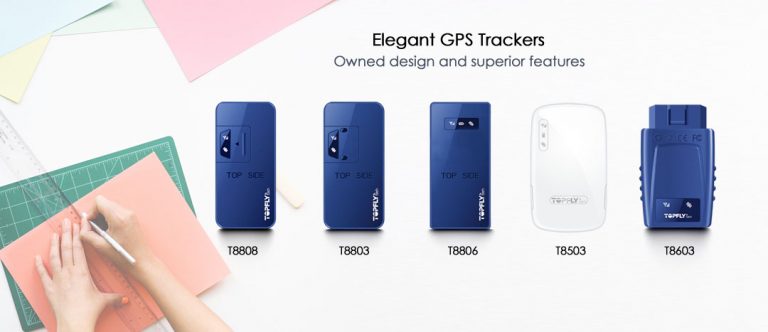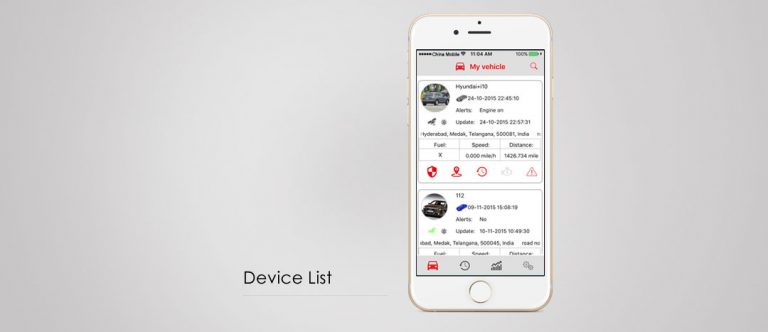
Making Smart City IoT Connection
Smart city IoT: According to Gartner, the number of connected devices in the Internet of Things (IoT) is expected to surpass 25 billion by 2020 — and that number keeps rising. From traffic management to environmental monitoring, IoT technologies are already transforming how cities function, paving the way for smarter, safer, and more sustainable urban life.
1. Smart Parking: Never Circle the Block Again
Parking remains one of the biggest urban frustrations. With IoT-enabled parking sensors, drivers can instantly locate available parking spaces via mobile apps. This reduces congestion caused by circling vehicles and cuts down on emissions, creating smoother, cleaner traffic flow.
2. Reducing Traffic Congestion in Real Time
By linking smart city IoT sensors with traffic cameras and smart signals, cities can analyze vehicle density and patterns in real time. Traffic lights can adjust dynamically, rerouting vehicles and minimizing idle time. These systems can even send instant alerts about road incidents or bottlenecks to navigation apps.
3. Smart Street Lighting for Energy Efficiency
IoT-powered street lights can automatically adjust brightness based on environmental conditions — such as daylight levels, cloud coverage, or pedestrian activity — not just the clock. This intelligent lighting approach saves energy and enhances public safety at night.
4. Intelligent Waste Management
With connected waste bins, cities can now monitor fill levels and optimize garbage collection routes. Instead of following fixed schedules, waste pickup becomes on-demand, cutting operational costs and reducing fuel consumption from garbage trucks.
5. Tackling Noise Pollution
IoT sensors can detect excessive noise levels in real time, ensuring compliance with local sound regulations. Beyond urban comfort, these systems can also serve a security role — alerting authorities to disturbances like fights or glass breaking.
6. Smarter Cities, Greener Future
By weaving IoT into every layer of city infrastructure — from roads to utilities — we’re moving toward a connected urban ecosystem that learns, adapts, and evolves. Smart cities are no longer a concept of tomorrow; they’re being built today, one sensor at a time.


